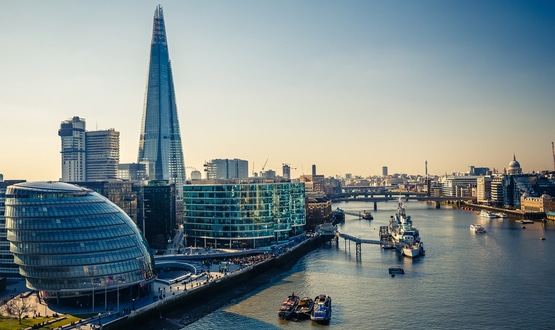Whether people are going into space as tourists, employees, scientists, or research subjects, figuring out how to send them safely is vitally important. After all, space tourism is nothing like regular tourism. “You’re putting [people] in a situation the human body was never designed to be in,” says Wolpe.
Now read the rest of The Checkup
Read more from MIT Technology Review’s archive
Scientists can test-drive space missions in extreme and remote environments here on Earth. “Analogue astronaut facilities,” which have been set up in deserts and in the Antarctic, simulate the isolating experience of real space travel, Sarah Scoles reports.
Astronaut meals could be set for a slightly weird overhaul. The prepackaged food currently used has a shelf life of around a year and a half. Making food from astronauts’ breath could one day be an alternative solution for longer space missions, writes Jonathan O’Callaghan.
Only 11 people can fit on the International Space Station at once. Perhaps a self-assembling space habitat—complete with a sea-anemone-inspired sofa—could provide alternative living quarters, writes Sarah Ward.
More than a dozen robotic vehicles are scheduled to land on the moon in the 2020s, and there are plans in the works for “lunar economies” and “permanent settlements,” reports Jonathan O’Callaghan in this piece that explores what’s next for the moon.
The International Space Station is getting old, and there are plans to destroy it by 2030. Now NASA is partnering with private companies to develop new commercial space stations for research, manufacturing, and tourism, reports David W. Brown.
From around the web
The team that earned the Nobel Prize for developing CRISPR is asking to cancel two of their own seminal patents. My colleague Antonio Regalado has the scoop. (MIT Technology Review)
In an attempt to protect young children from allergic reactions, did pediatricians inadvertently create an epidemic of peanut allergies? (Wall Street Journal)





/cdn.vox-cdn.com/uploads/chorus_asset/file/25119692/1817716612.jpg)


/cdn.vox-cdn.com/uploads/chorus_asset/file/23935559/acastro_STK103__02.jpg)


